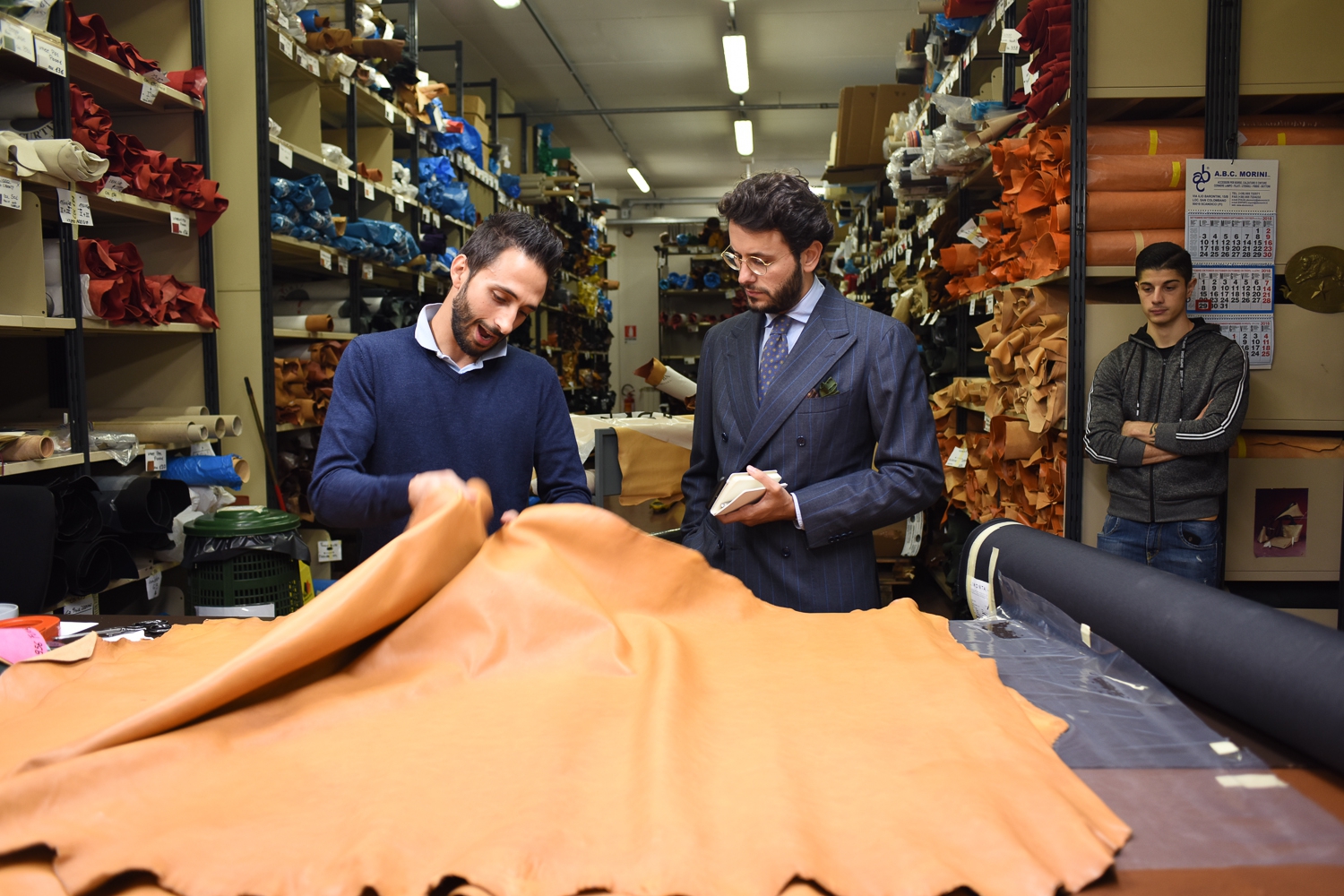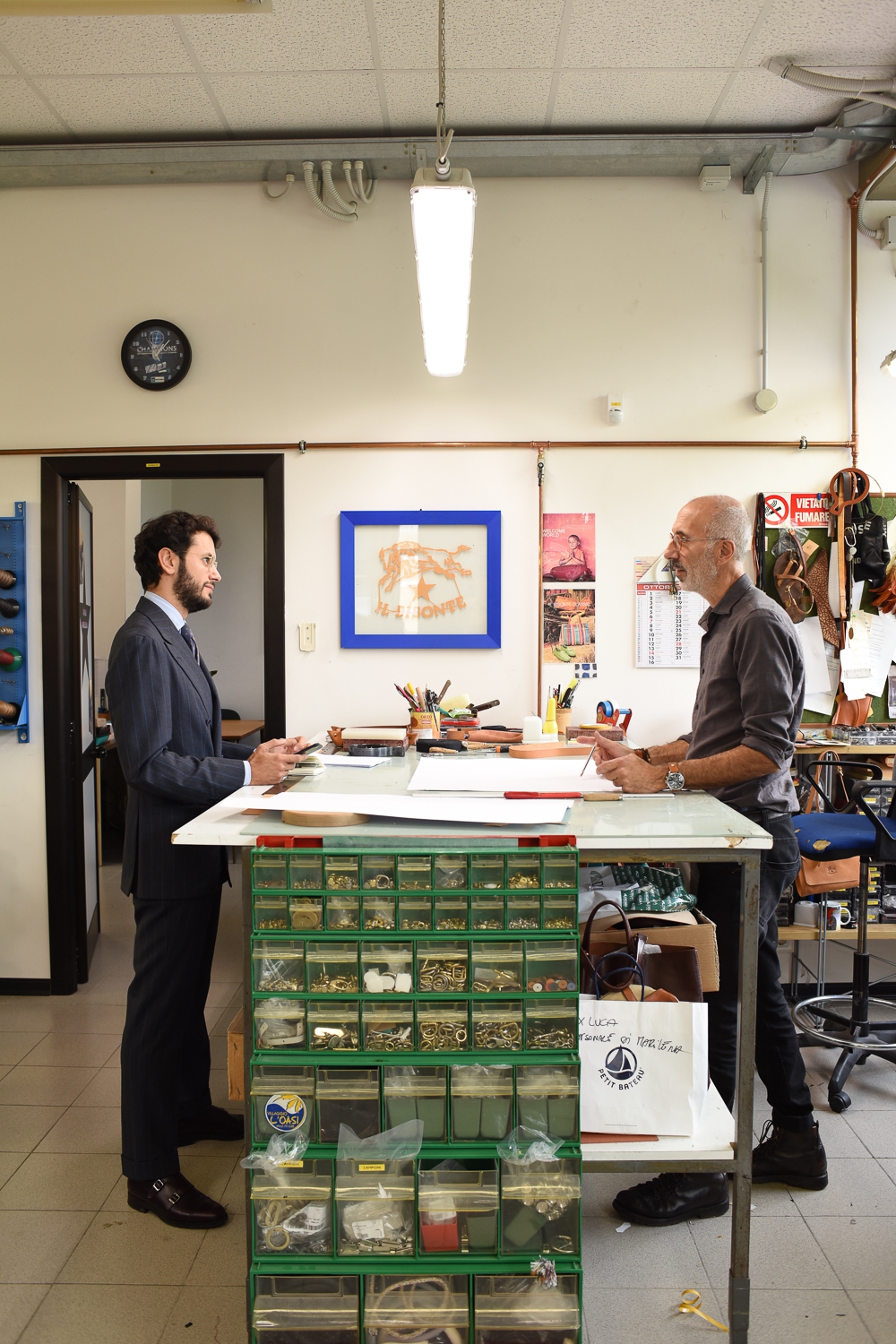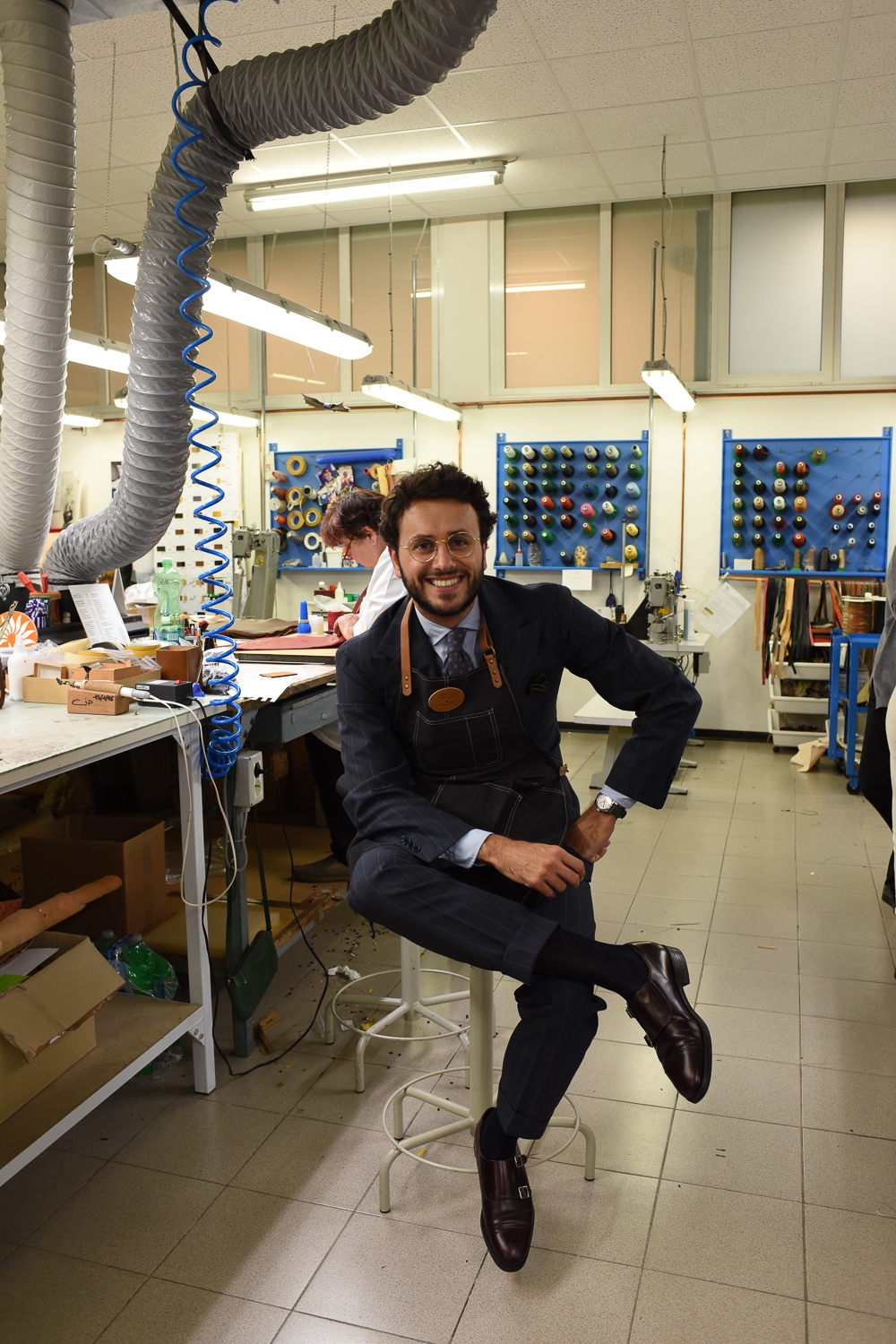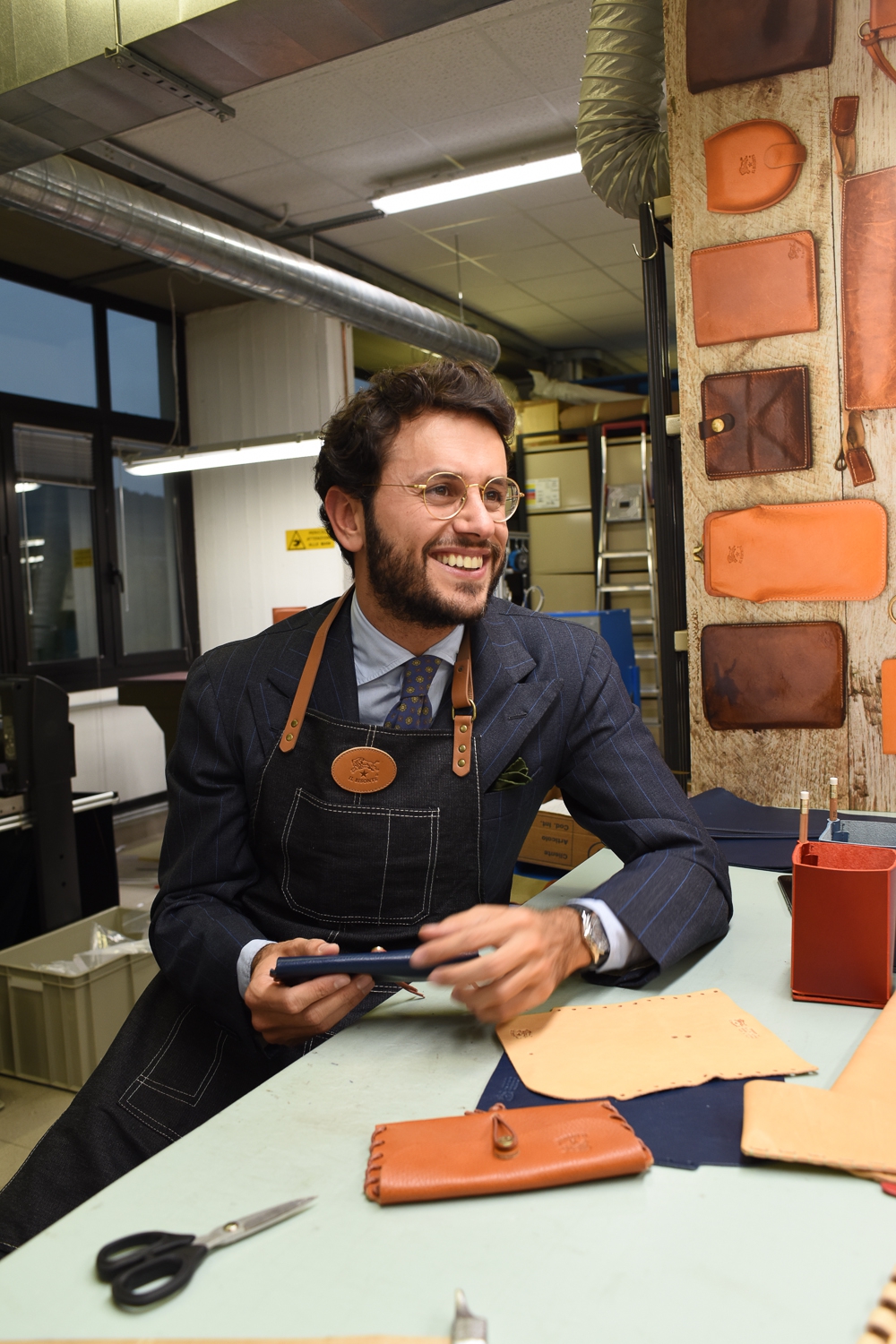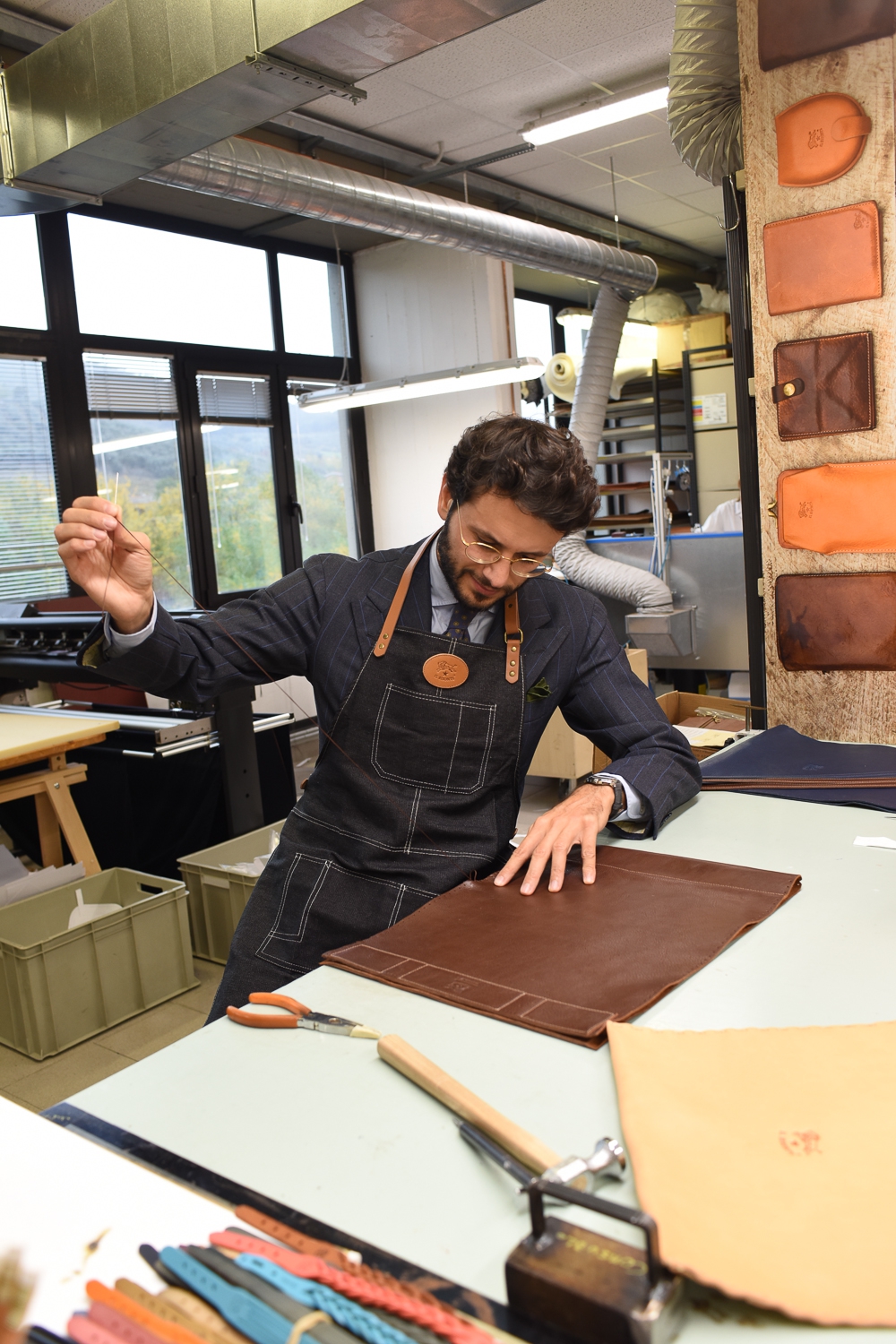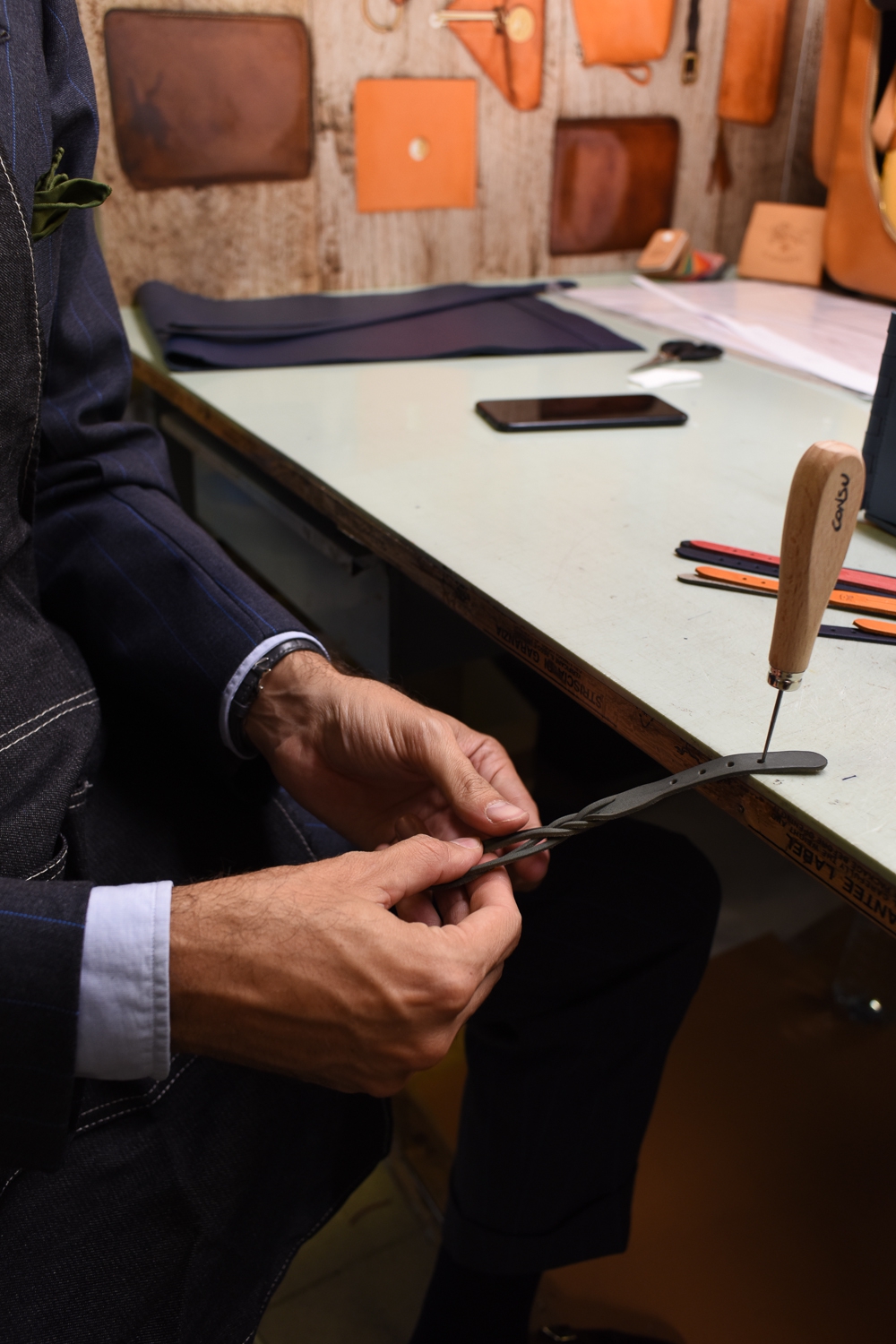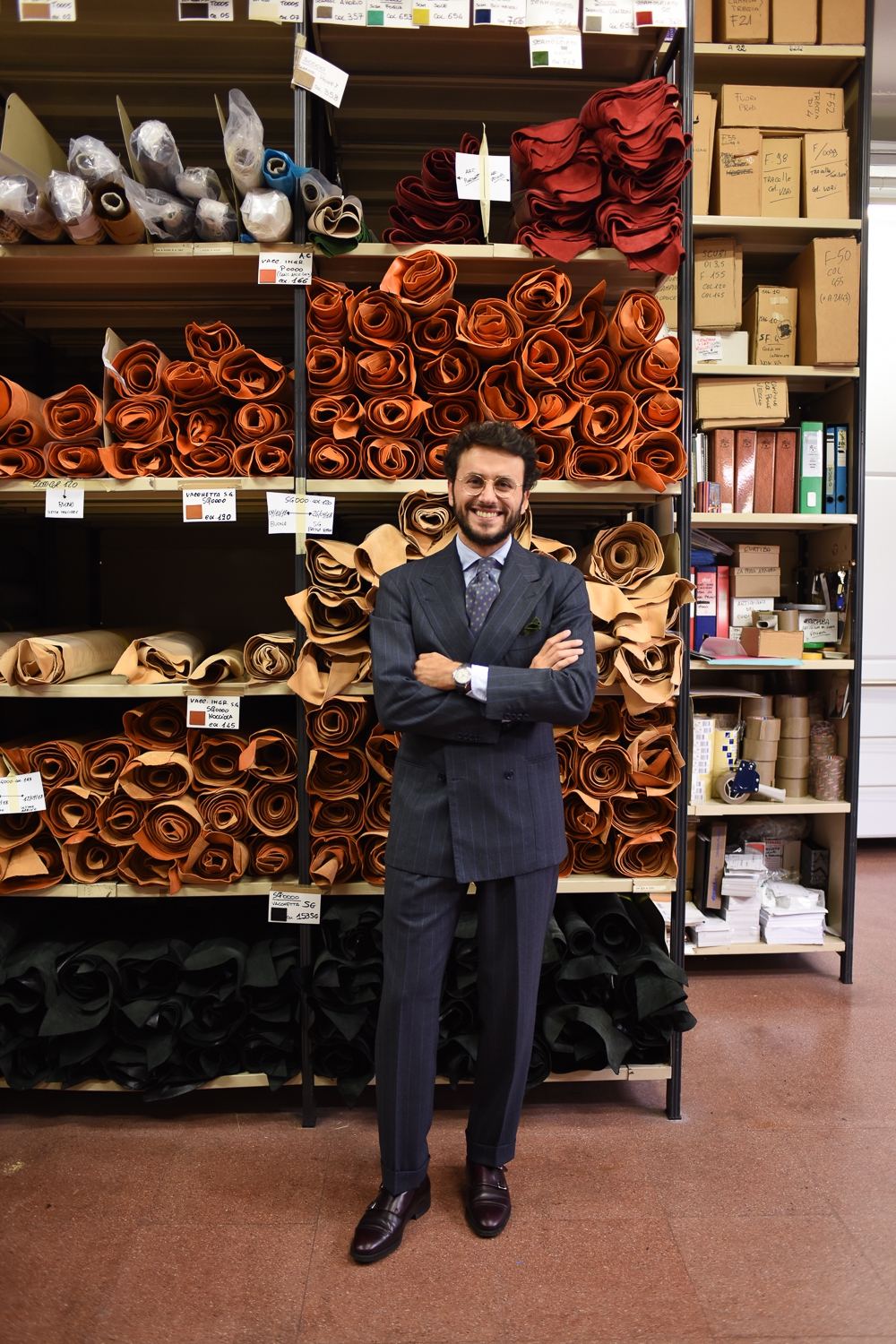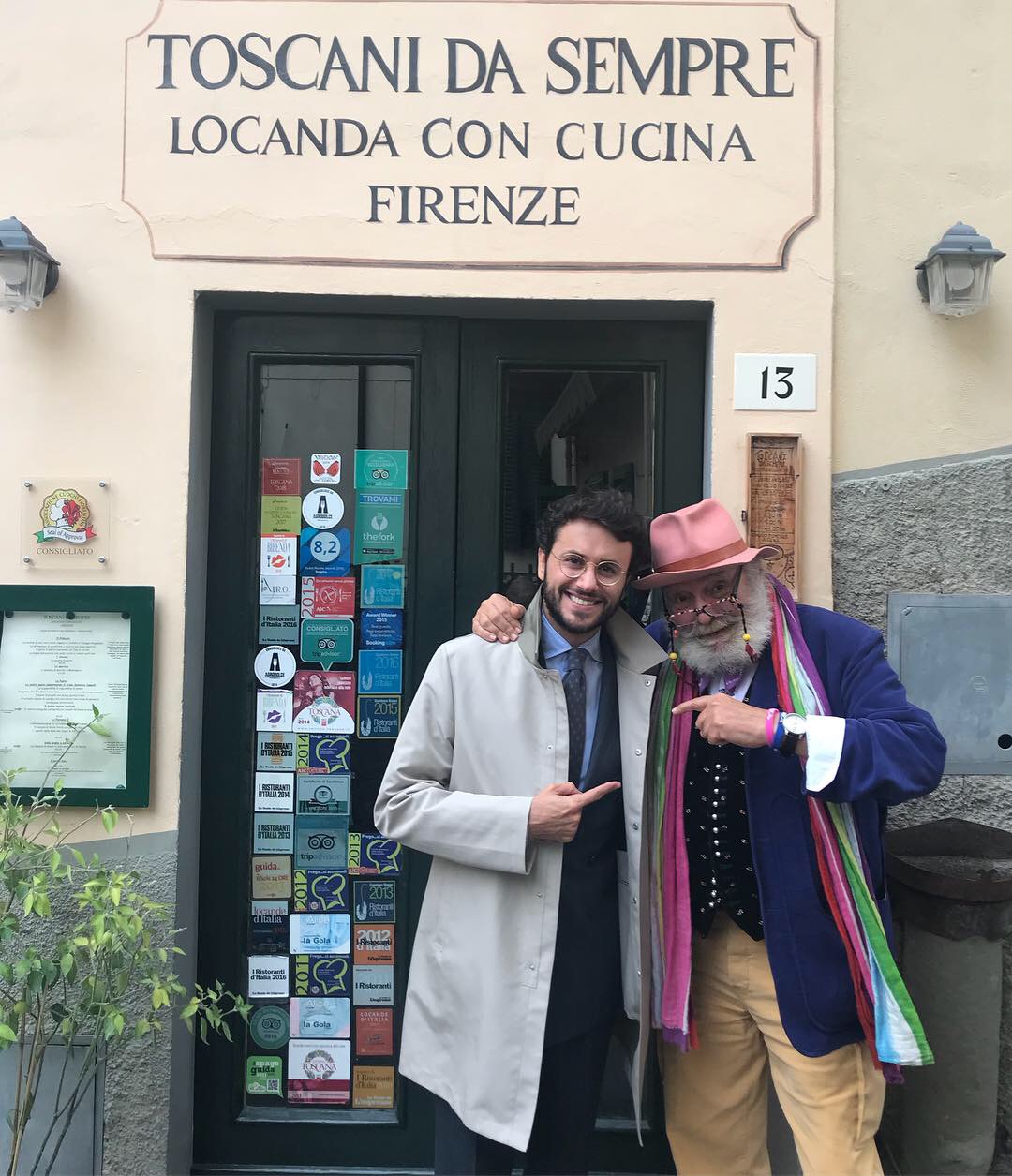From hawking bracelets on the beaches of Sardinia to a global brand is not a tiny little step to be underrated. And yet the eclectic and visionary founder of Il Bisonte managed to do just that. Legend has it that in the 70s, during a flood in Via del Purgatorio in Florence, the young Wanny began to create bags for his friends and relatives. Then he shifted it up a notch, presenting his wares at trade fairs. His creations caused a stir, especially in Asia. The golden years of the 80s were yet to arrive, but Wanny was already making frequent trips to the Far East. And it was there, in Japan, that his brand found the launch-pad that would see it reach almost undreamed of heights. Through a humble beginning with the distribution network Look, today the Tuscan label boasts forty flagship stores in Japan, which can be added to the ten to be found in Europe.
The brand, which was sold in 2015 to the Palamon Capital Partners fund, takes its name from the bison, the symbol of the Native American people, a vital source of sustenance for the community in the past. The bison not only provided the meat on the table, but also clothing and weapons. It will come as no surprise, therefore, that the undisputed star of the collection is cowhide, worked with cotton and polycotton (a mix of cotton and polyester). "Cowhide creaks, it ages over time and changes colour; cowhide is alive," Wanny Di Filippo tells me when I go and visit him in the brand's creative workspace in Pontassieve, as he brandishes a sample of his leather, vegetable dyed in the nearby Santa Croce sull'Arno. The French would be green with envy over this production hub, as they pride themselves on their innate knack in business networking. Pontassieve is the nerve centre, producing the prototypes and controlling logistics, but the annual production of 900 thousand items takes place in the ateliers of a network of forty-two artisans, all based within 30kms from the HQ. Three quality control steps are carried out when the leather arrives at the warehouse: that it corresponds to the "master" colour selected by the style experts, is resistant to colour leakage (using dabbing and wiping techniques), and is uniform in its thickness, which should range from 1.4-1.5mm.
The Il Bisonte story makes for a heart-warming Italian tale, with folksy ingredients of yesteryear intertwined with a modern-day rags-to-riches fable. Some have said that Wanny made the Japanese fall in love with leather. Indeed, it is hard not to be carried away by this man's inventiveness and his engaging sense of irony; it's not a stretch of the imagination to see that he can spin a tale as easily as sell a handbag. As Wanny himself puts it: "First you tell them who you are, tell them your story, then you sell them the products you craft."
Bespoke hugs,
Fabio



